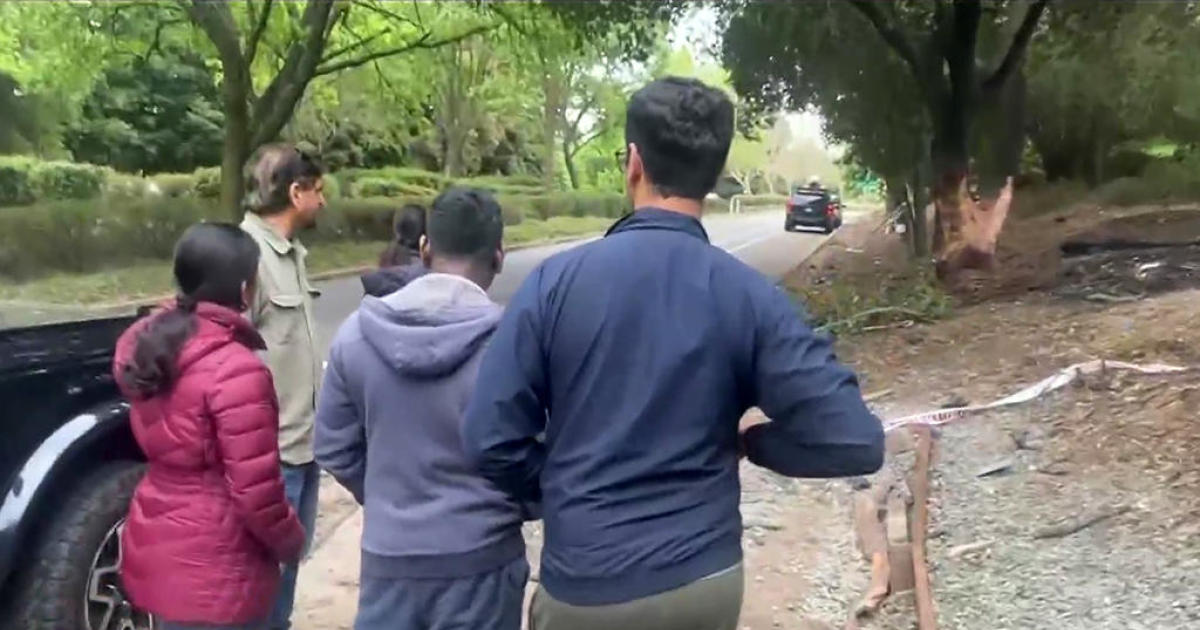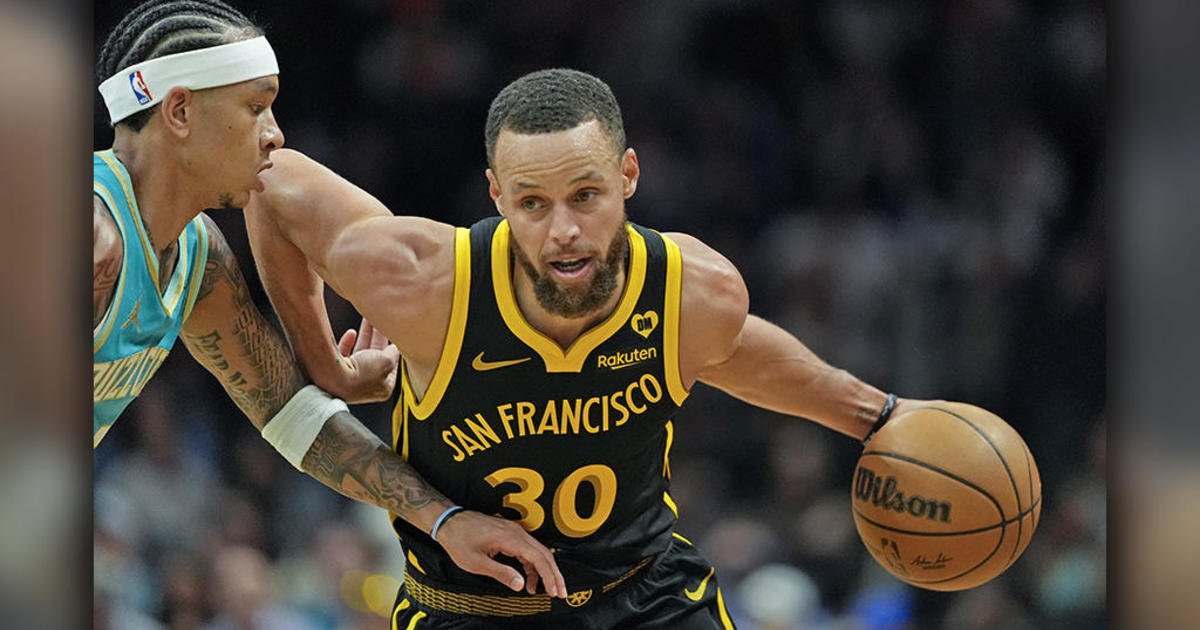The Unique Surgery That Helped A Boy Back Onto The Basketball Court
STANFORD --- 10-year-old Chris Formaker, like many kids his age, is a young sports fanatic. An avid basketball player, he loves the Golden State Warriors and can spew out player statistics at any moment. But physiologically, Chris is very unique.
Chris's journey began in January of 2015. At the time, he was active in basketball, soccer and baseball. When he began experiencing knee pain and swelling, Chris's parents assumed it was due to a sports-related injury and scheduled an appointment with his pediatrician near their home in Elk Grove.
"I picked Chris up from school on a Thursday afternoon for the appointment, and he didn't return to school for a year," his father, Jesse Formaker, said.
Chris was diagnosed with osteosarcoma — cancer of the bone — in his left femur.
Osteosarcoma is the most common type of bone cancer among children, typically occurring in the arms, legs or pelvis. Treatment can include chemotherapy, radiation therapy, amputation and other surgeries.
With support from Chris's oncology team at Kaiser Permanente in Sacramento, the family researched options and chose rotationplasty -- an alternative form of amputation in which the central portion of the leg is removed as surgeons carefully extract the bone tumor present within the femur along with sections of the tibia.
In its place, the patient's foot and ankle, turned 180 degrees, are attached to the upper thigh. Surgeons reattach skin and muscle to position the patient's backwards-facing foot at equal height to the opposite remaining knee. Once healed, this serves as a new knee joint and can be comfortably fitted with a prosthetic leg.
Larry Rinsky, MD, at the Children's Orthopedic and Sports Medicine Center at Lucile Packard Children's Hospital Stanford is one of a select few surgeons in the country who perform rotationplasty surgery.
"Aesthetically, there's no question — rotationplasty looks funny," said Dr. Rinsky. "But it has many advantages, particularly for kids like Chris who want to maintain mobility and continue playing sports. It is truly a long-term solution to a difficult problem."
In addition to allowing patients to resume an active lifestyle, other advantages of rotationplasty include the absence of phantom pain that commonly occurs in a traditional amputation and the fact that the new knee joint is able to bear a significant amount of weight.
Six months after surgery, Chris was both concluding chemotherapy treatment for his cancer and beginning to bear weight on his new leg. Less than two months after Chris received his prosthetic leg, his family brought him to a basketball clinic for amputees.
Their plan was for him to observe the game and get idea of what he would be able to do once he made a full recovery. But Chris had another idea. With his arms outstretched toward his father, crutches in hand, he said, "Hold these, Dad."
"He was in such pain. He could barely walk. He would fall down and I'd have to go pick him up," Jesse explained with a laugh. "But he was determined and the next thing we knew he was out there dribbling and shooting like old times."
Today, Chris is playing basketball in the same recreational basketball league he was part of before his diagnosis.
LEARN MORE: http://www.stanfordchildrens.org/en/service/orthopedic



